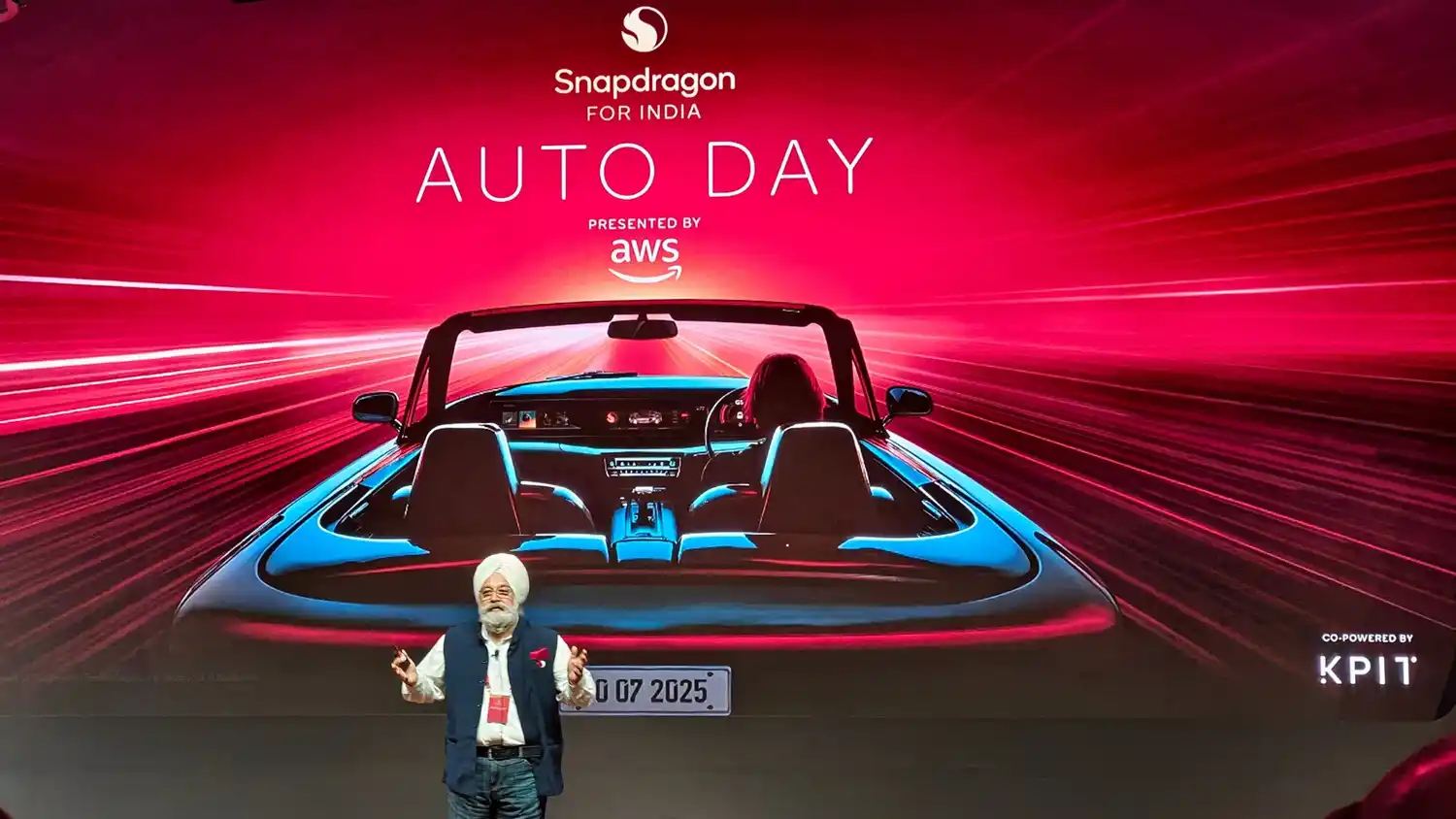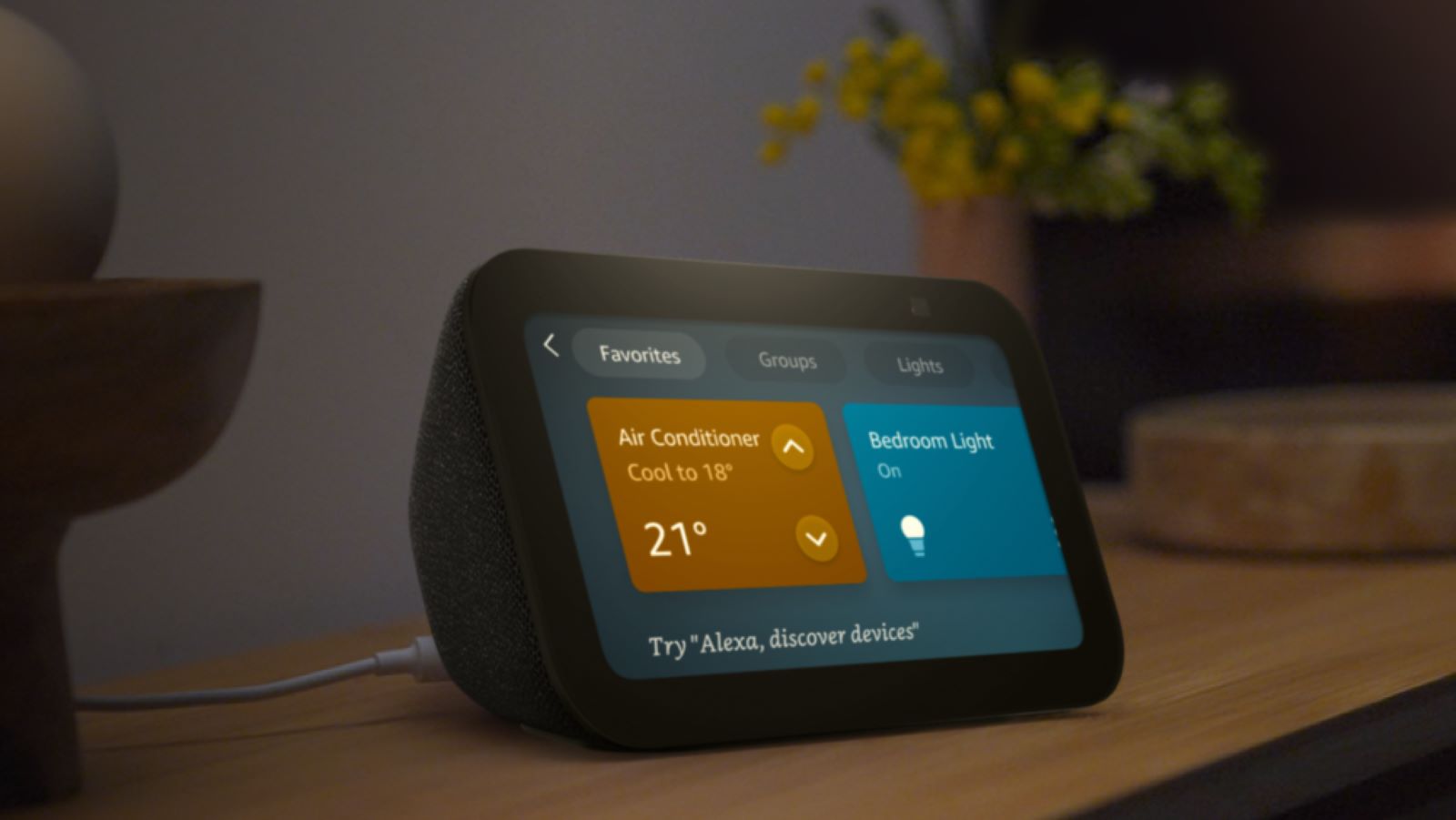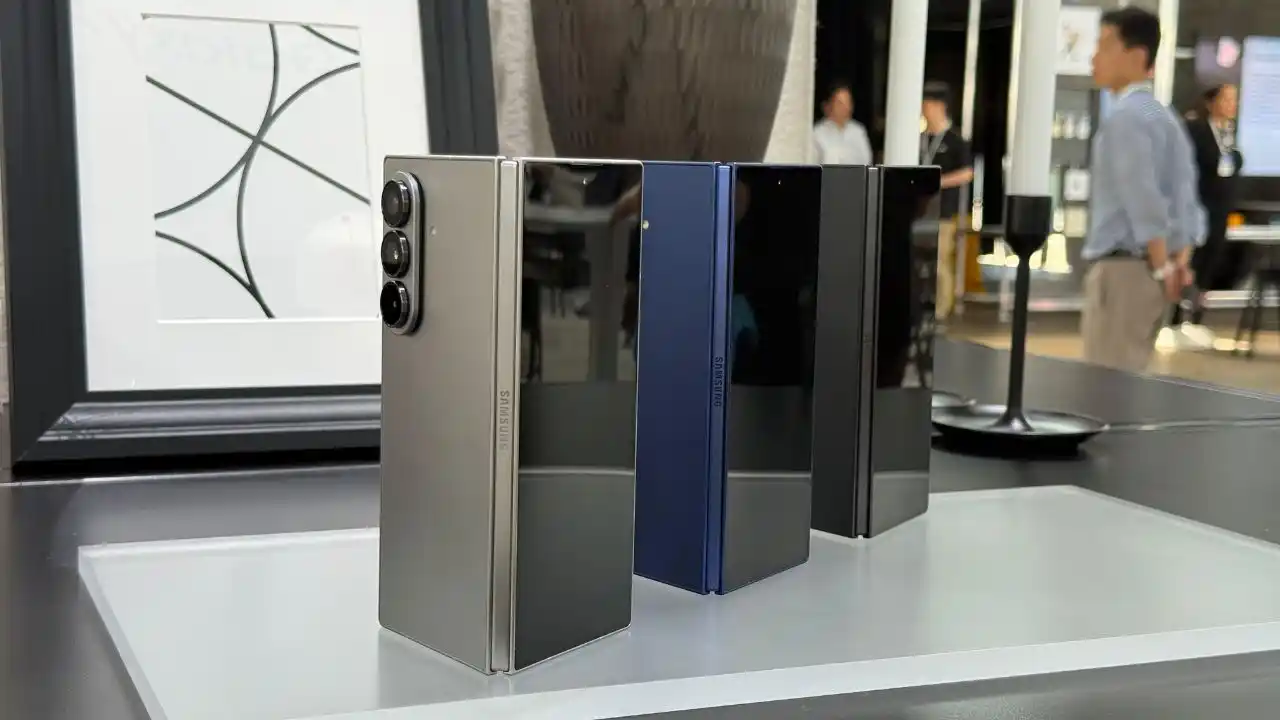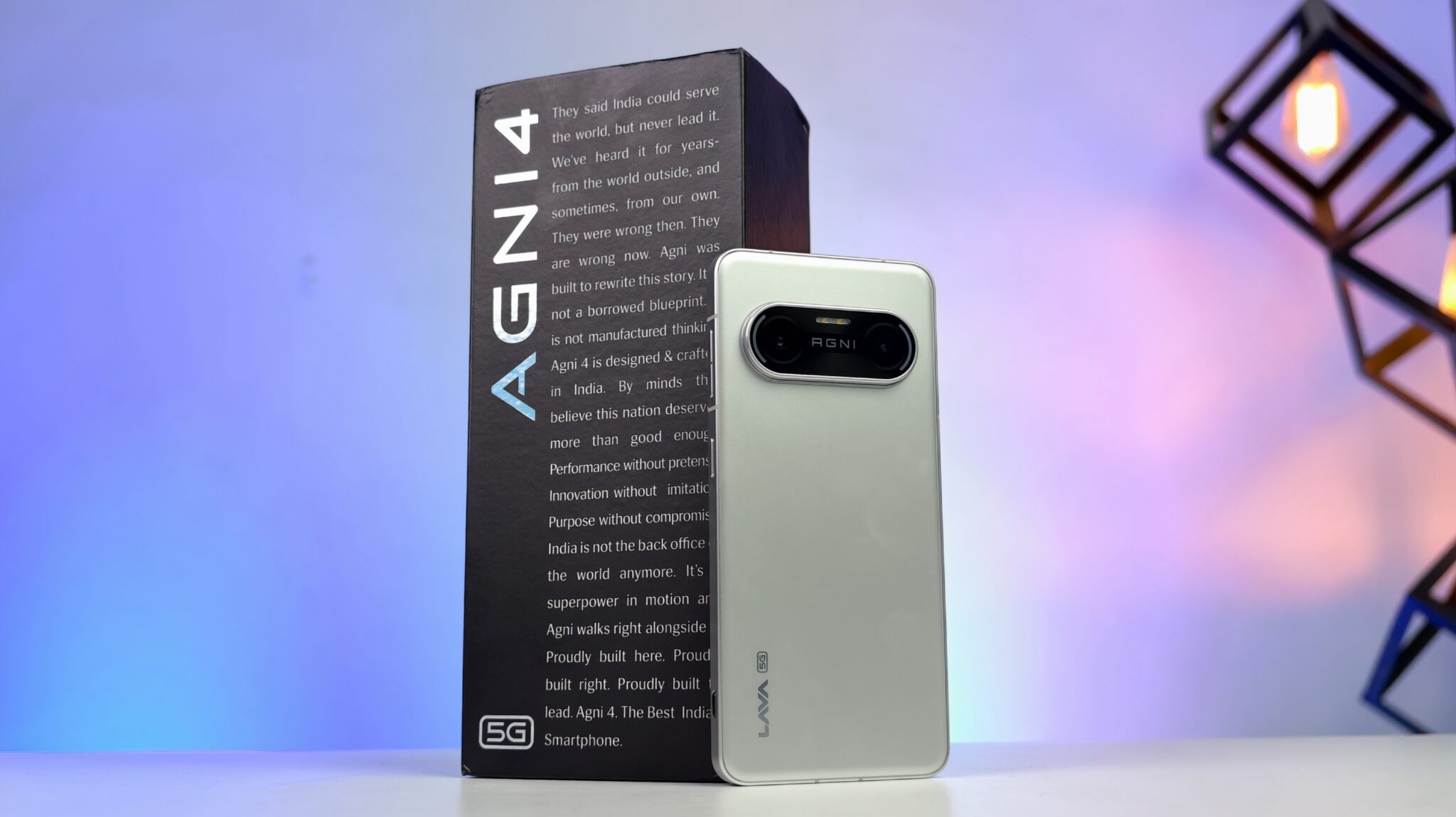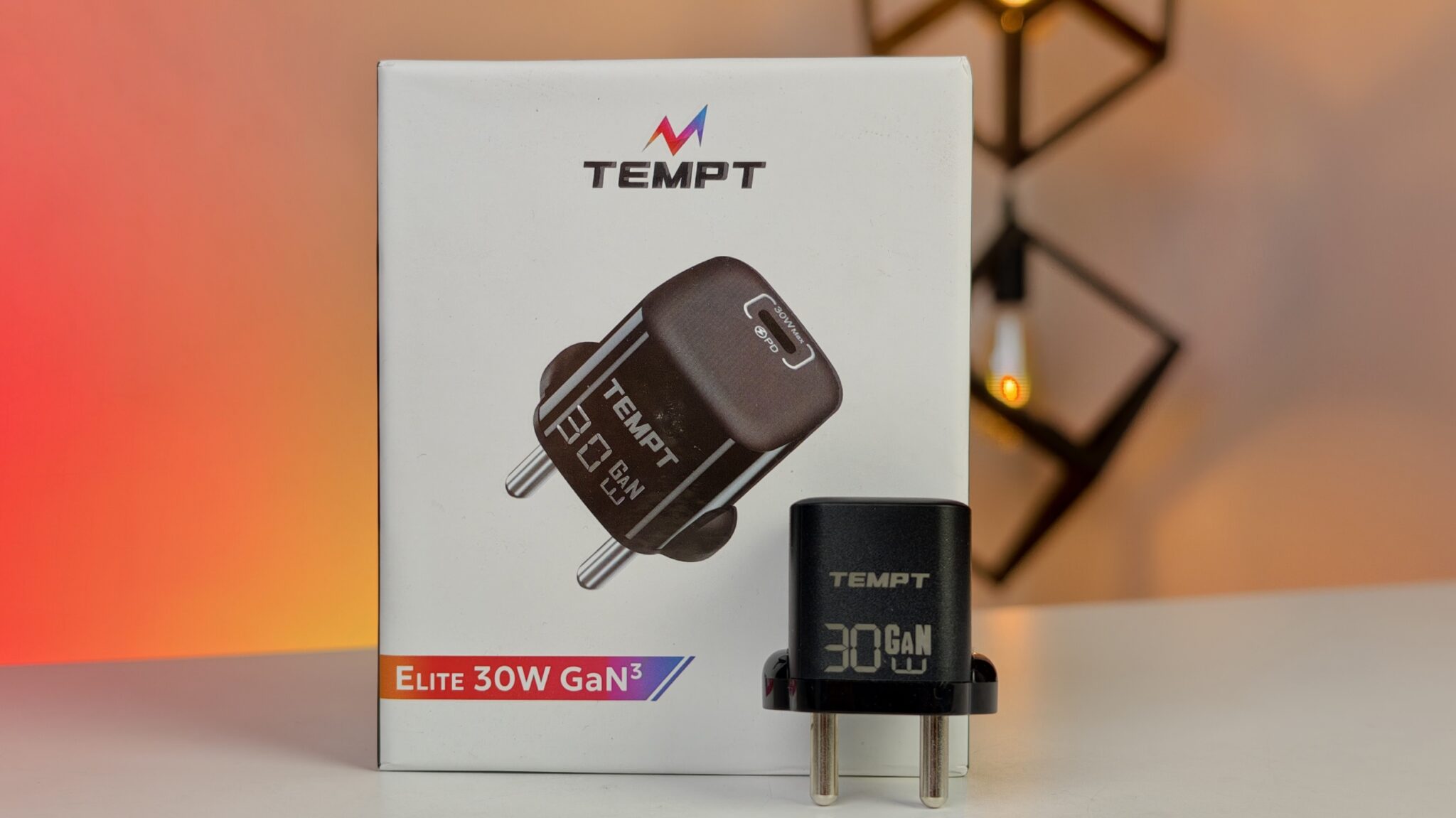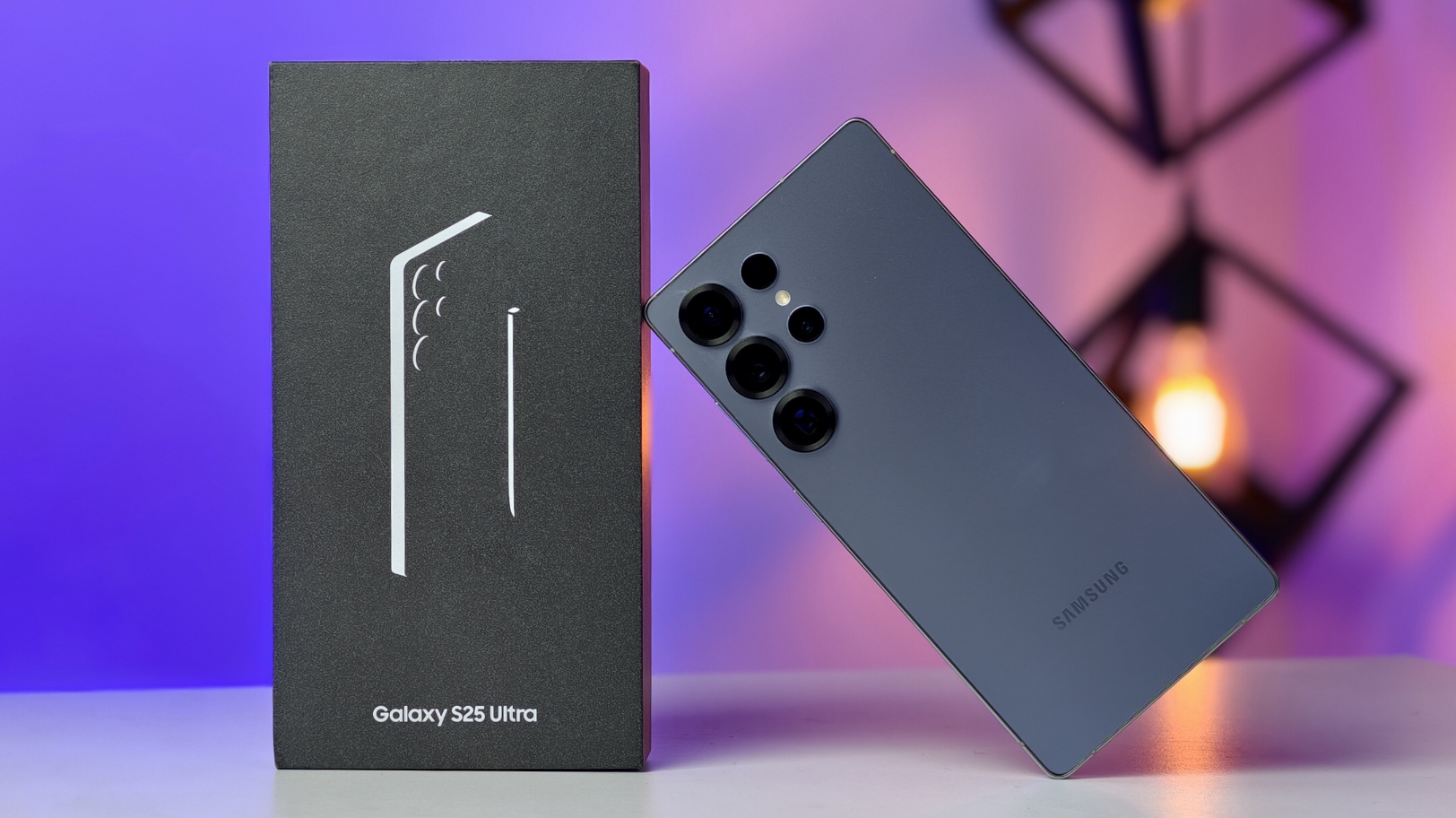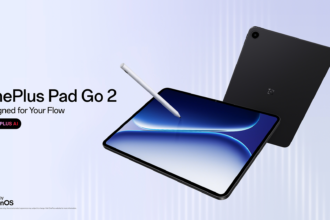At its recent Snapdragon Auto Day in India, Qualcomm Technologies, Inc. laid out its vision for the future of automotive tech in the region. The company showcased its Snapdragon Digital Chassis, a suite of cloud-connected platforms aimed at making cars not just smarter, but also safer and more connected. The focus spanned across digital cockpits, driver assistance systems, and next-gen vehicle connectivity, all tailored with Indian roads in mind.
Key Takeaways
- The Snapdragon Digital Chassis is a modular collection of platforms covering telematics, connectivity, digital cockpit, and driver assistance.
- The Snapdragon Cockpit Platform delivers AI-powered in-car experiences, including support for multiple HD displays.
- The Snapdragon Ride Platform enables Advanced Driver-Assistance Systems (ADAS), enhancing vehicle safety.
- Cellular Vehicle-to-Everything (C-V2X) enables direct communication between vehicles and their environment.
- Qualcomm’s ongoing collaboration with Mahindra & Mahindra was cited as a successful real-world implementation.
At the heart of Qualcomm’s presentation was the Snapdragon Digital Chassis, not so much a standalone product, but more of a flexible foundation that automakers can build on. Think of it as a toolkit that allows car manufacturers to push updates over-the-air, much like how smartphones regularly receive software upgrades. It’s a key step toward realizing the Software-Defined Vehicle (SDV), where a car can continue to improve long after it leaves the factory floor.
A big part of the event focused on the in-car experience, spearheaded by the Snapdragon Cockpit Platform. This platform effectively acts as the car’s central nervous system, managing everything from the instrument cluster to passenger entertainment displays. It supports multiple screens simultaneously and uses artificial intelligence to personalize the experience, automatically adjusting settings based on who’s behind the wheel and enabling natural voice commands to control various functions. For Indian consumers, this isn’t just a concept. Mahindra’s XUV700 already features the AdrenoX infotainment system, which runs on this very platform.
Safety, unsurprisingly, was another major theme. With increasing awareness and regulation around vehicle safety in India, Qualcomm’s Snapdragon Ride Platform stood out. It brings the computational heft required to run ADAS features, like automatic emergency braking, lane-keeping assist, and even self-parking capabilities. As India ramps up safety benchmarks through initiatives like the Bharat New Car Assessment Programme (Bharat NCAP), technologies like these are becoming not just relevant, but necessary.
Connectivity formed the third core of the Snapdragon Digital Chassis. Through the Snapdragon Auto Connectivity Platform, vehicles gain access to 5G, Wi-Fi, and Bluetooth. But more significantly, it supports C-V2X technology, allowing cars to talk directly to each other, to traffic infrastructure like lights and signs, and even to pedestrians carrying compatible devices. Imagine getting a heads-up about a stalled car just around a blind curve, or an alert that a traffic signal is about to change. That’s the kind of situational awareness C-V2X is aiming to offer.
Qualcomm’s message at the event was fairly clear: the Indian market is ripe for intelligent automotive solutions. And with the Snapdragon Digital Chassis, they believe they’ve got the technology to help automakers deliver just that, a new generation of vehicles that aren’t just smarter or more connected, but genuinely safer too.
Related Frequently Asked Questions (FAQs)
Q1: What is the Snapdragon Digital Chassis?
A1: The Snapdragon Digital Chassis is a collection of technology platforms from Qualcomm for automakers. It includes the Snapdragon Ride Platform for safety and driver assistance, the Snapdragon Cockpit Platform for in-car displays and infotainment, and the Snapdragon Auto Connectivity Platform for 5G and C-V2X communication.
Q2: How does Snapdragon technology make cars safer?
A2: The Snapdragon Ride Platform provides the processing for Advanced Driver-Assistance Systems (ADAS). These systems use cameras and sensors to enable safety features like automatic emergency braking, blind-spot detection, and lane-keeping assistance, which can help prevent collisions.
Q3: Is this technology available in Indian cars now?
A3: Yes, elements of the Snapdragon Digital Chassis are already present in some Indian cars. For example, the infotainment system in the Mahindra XUV700 is built on the Snapdragon Cockpit Platform. More advanced features are expected in upcoming models from various manufacturers.
Q4: What is C-V2X technology?
A4: C-V2X stands for Cellular Vehicle-to-Everything. It is a communication technology that lets vehicles talk directly to each other (V2V), to roadside infrastructure like traffic signals (V2I), and to pedestrians (V2P). This helps share real-time safety information to prevent accidents.
Q5: How is the Snapdragon Cockpit Platform different from Android Auto or Apple CarPlay?
A5: Android Auto and Apple CarPlay are applications that project a smartphone’s interface onto the car’s screen. The Snapdragon Cockpit Platform is the underlying hardware and software that runs the entire infotainment system of the car itself, including the instrument cluster, displays, and voice assistants. It can run systems like Android Automotive OS, which may include Android Auto as an application.


